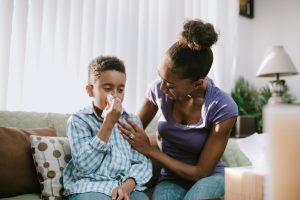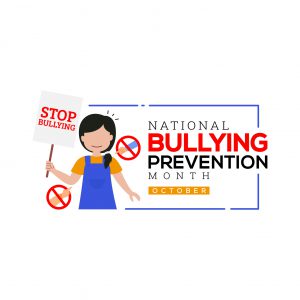 Sleepwalking or somnambulism is a sleep disorder that causes you to walk around or perform other activities while asleep. Approximately 7% of people have sleepwalked once in their lifetime.
Sleepwalking or somnambulism is a sleep disorder that causes you to walk around or perform other activities while asleep. Approximately 7% of people have sleepwalked once in their lifetime.
Sleepwalking tends to run in families, and it occurs more commonly in children than adults. Children usually outgrow the condition by the time they’ve reached their teenage years or by the time they become adults. Sleepwalking may however continue into adulthood for some individuals.
In addition to age and genetics other factors that may lead to sleepwalking include:
- Taking certain medications
- Stress
- Lack of sleep
- Fever
- Obstructive sleep apnea
- Restless leg syndrome
- Alcohol use
Sleepwalking typically happens 1 to 2 hours after falling asleep and may last for several minutes. SleepFoundation.org states that a sleepwalking episode may involve:
- Walking or running
- Urinating in inappropriate places
- Open, glassy eyes with a blank look on the face
- Routine actions, like getting dressed
- Minimally responsive or incoherent speech
People who sleepwalk may also sleep eat or take part in sexual activity without being aware of it.
It is important to take steps to create a safe environment and prevent injuries in people who sleepwalk. This can be done by keeping doors and windows locked, securing dangerous items, removing breakable items, or using alarms or motion-sensing devices.
Sleepwalking occasionally is not a concern and does not require treatment. However, if episodes occur frequently, for example, one or two nights a week, or more you should see a doctor. You should also speak with a doctor if sleepwalking leads to dangerous behaviors, disturbs or puts others at risk for injury, continues into a child’s teen years, or begins in adulthood.
Diagnosing sleepwalking may include a physical examination, reviewing your medical history, or participating in an overnight sleep study. Treatment may involve cognitive behavioral therapy, applying relaxation and stress reduction techniques, scheduled waking, or medication.
To speak with a specialist about sleep-related health problems you may be experiencing, please schedule an appointment with Jamaica Hospital’s Sleep Center by calling 718-206-7001.
All content of this newsletter is intended for general information purposes only and is not intended or implied to be a substitute for professional medical advice, diagnosis or treatment. Please consult a medical professional before adopting any of the suggestions on this page. You must never disregard professional medical advice or delay seeking medical treatment based upon any content of this newsletter. PROMPTLY CONSULT YOUR PHYSICIAN OR CALL 911 IF YOU BELIEVE YOU HAVE A MEDICAL EMERGENCY.




